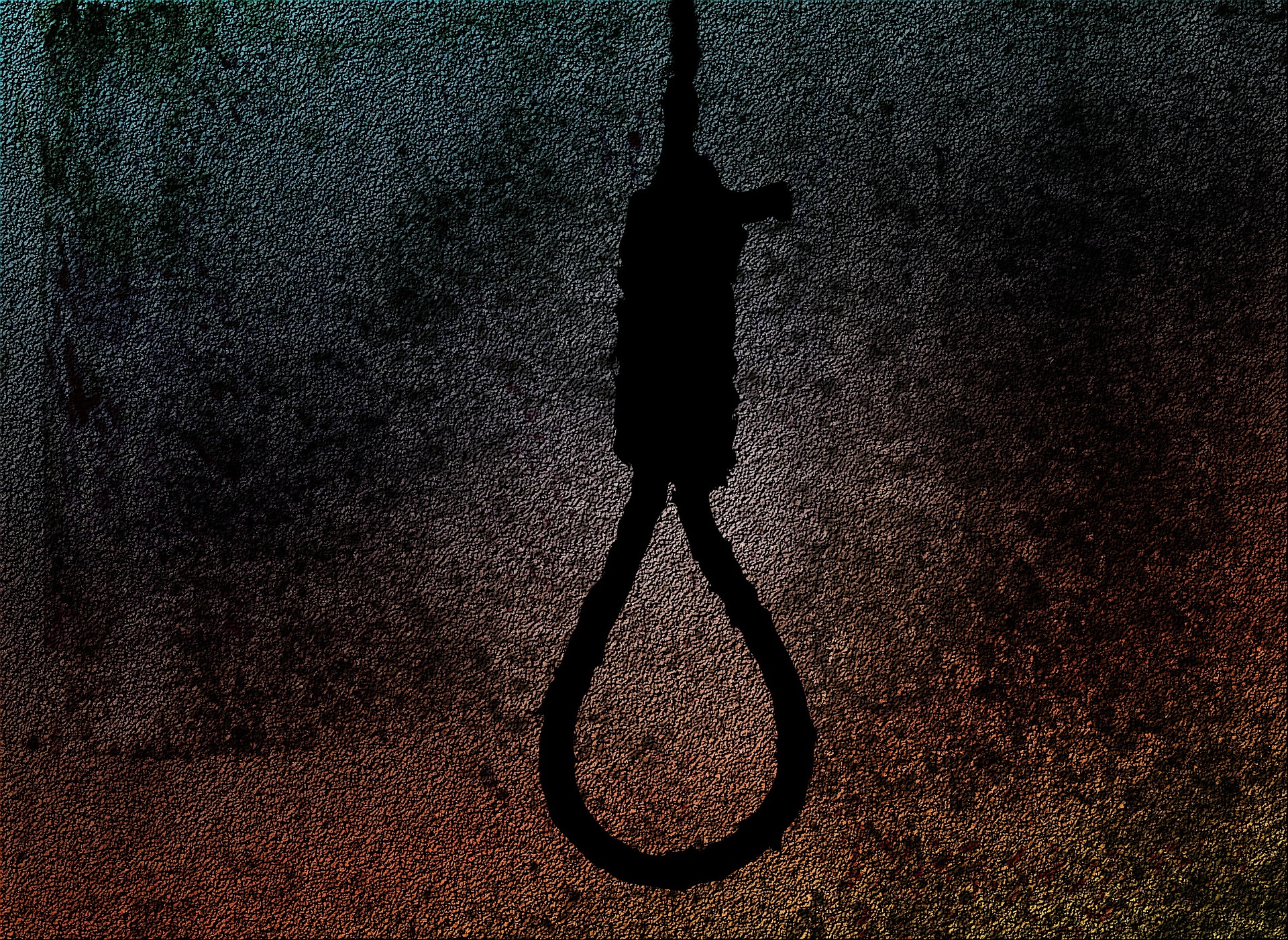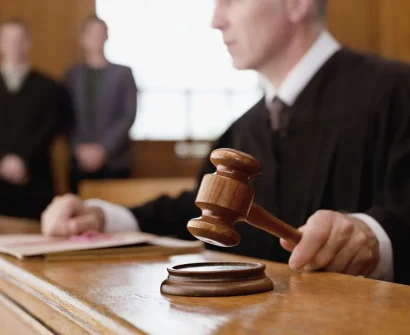
Every punishment revolves around the idea that there has to be a consequence for wrongdoing. There are two basic rationales for applying the penalty. One is the notion that it is both fair and just for someone to be penalized for their wrongdoing, while the other is the notion that punishing offenders deters others from committing crimes. Capital punishment also underlies other penalties and the death penalty as well which is covered by various institutes for RJS Coaching in Jaipur.
Capital Punishment: Meaning and what does it constitute?
The most severe form of punishment is known as capital punishment or death penalty. It is the punishment imposed for the most outrageous and grievous crimes committed against people.
According to the Indian Penal Code, there are some important types of offenses that carry the potential of the death penalty. They are:
- Section 302 involving Murder
- Section 396 involving Dacoity with murder
- Section 120B involving Criminal Conspiracy
- Section 121 involves waging war against the Government of India or attempting to do so
- Section 132 involving abatement of mutiny etc.,
Although the imposition of the sentence does not necessarily result in execution, under Article 72 of the Constitution of India, the President has the pardoning power to decrease the sentence to life in prison or grant a pardon.
Role of the Judiciary: Capital Punishment
There are various landmark judgments that are often discussed by various institutes for RJS Coaching in Jaipur from the examination point of view. Some of them are:
- In the case of Maneka Gandhi v Union of India, the procedure of the death penalty had to be fair, rational, and free from bias because it included taking away a person’s precious life. It indicates the state to impose restrictions on or revoke a person’s right to life through the implementation of legislation, provided that a just and legitimate process is followed. But only the most outrageous crimes are punished with the death sentence; it does not carry a penalty for all crimes.
- The death penalty was initially challenged in the case of Jagmohan Singh v State of Uttar Pradesh on the grounds that it infringed on a person’s right to life under the virtue of Article 21 of the Constitution of India. The judges in this case asserted that the death penalty is valid under the Constitution and is not in violation of any of the Articles of the Constitution. The decision between the death penalty and a life sentence in prison was taken after considering all the relevant information and the nature of the criminal offense as it was presented during the trial.
- In the case of Machhi Singh v State of Punjab, the Supreme Court specified certain criteria that decide whether a case qualifies as one of the “rarest of the rare” cases or not and stated the two conditions that must be satisfied before the death sentence can be executed under specific circumstances.
First- Was the crime so heinous that no other sentence could have possibly been given?
Second- Do the circumstances still call for the death punishment regardless of whether the mitigating factors have been given more weightage?
- Recently, in the case of Manoj v State of Madhya Pradesh, the decision and the guidelines established in Bachan Singh’s case were upheld. The guidelines led down in the case of Bachan Singh need to be applied to each unique case in light of its circumstances, the Court decided, adding that the death penalty applies only where an alternate option is unquestionably forfeited.
Capital Punishment: Current Legal Footing
- The Supreme Court has initiated an investigation of the procedure on its own initiative in response to concerns about how courts execute the death penalty. The Supreme Court is going to deliberate about establishing rules for identifying mitigating factors in cases involving the death penalty.
- The SC ruled that the person being accused must get a substantive, genuine, and effective hearing as well as the opportunity to present evidence bearing on the punishment under consideration.
- The Supreme Court also recommended that the convict’s social background, age, and educational levels be taken into consideration while passing judgment in cases involving the death penalty.
- Before considering whether the death penalty deserves to be applied or not, attention should also be given to the convict’s psychological conditions and post-conviction behavior.
The imposition of the death penalty is acknowledged as a kind of vengeance and preventive punishment as well as a powerful deterrent in society. Many believe that it infringes on fundamental rights and is ineffective as a deterrent. In the Indian context, it is possible to argue that some acts are so heinous and dreadful in character that no form of punishment other than the execution of the death penalty can be regarded to be reasonable or accurate. Death penalties are only delivered in the rarest cases in India. Because the State could not be able to act when the rarest of rare circumstances took place, completely eliminating the death penalty would put the entire nation at higher risk.








